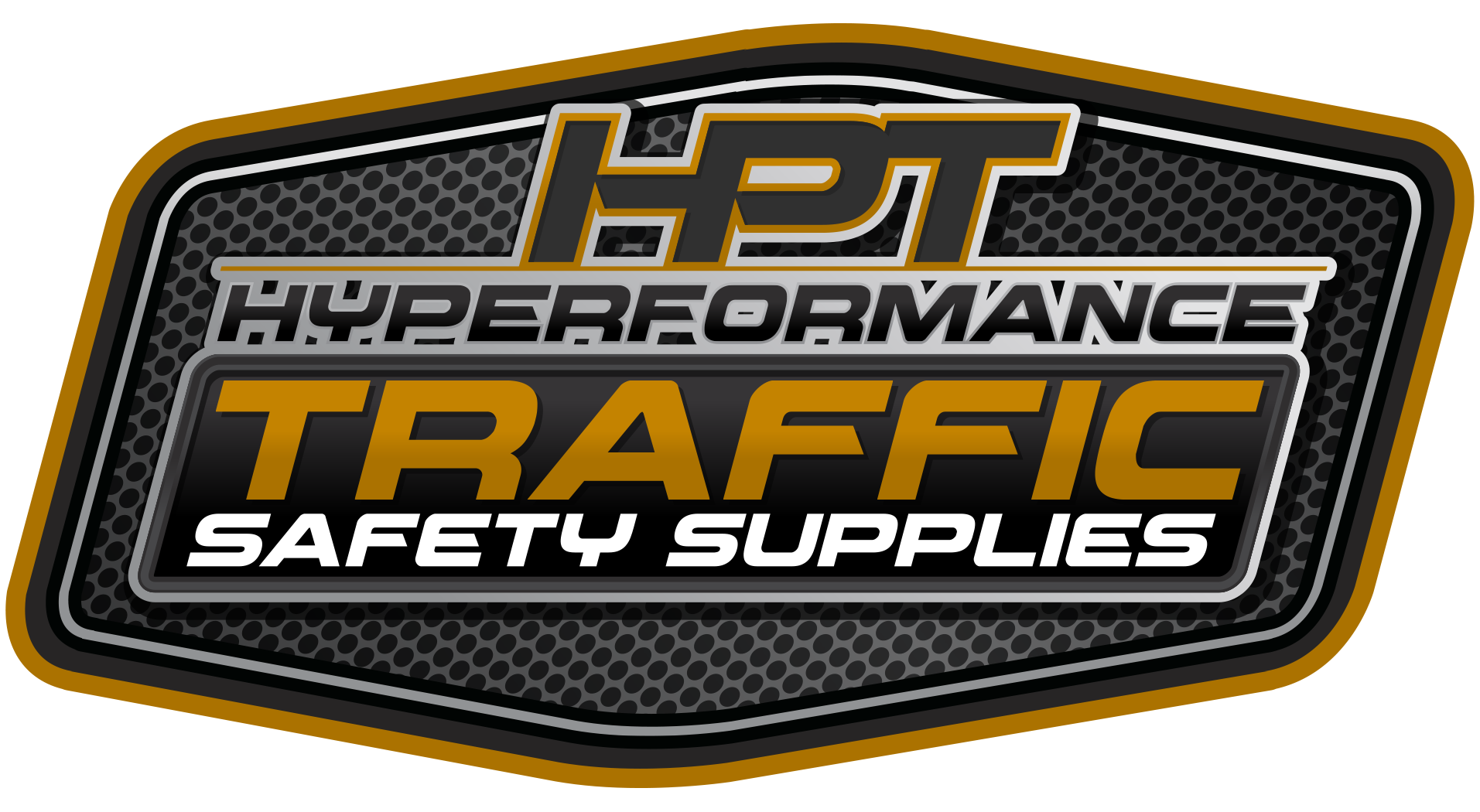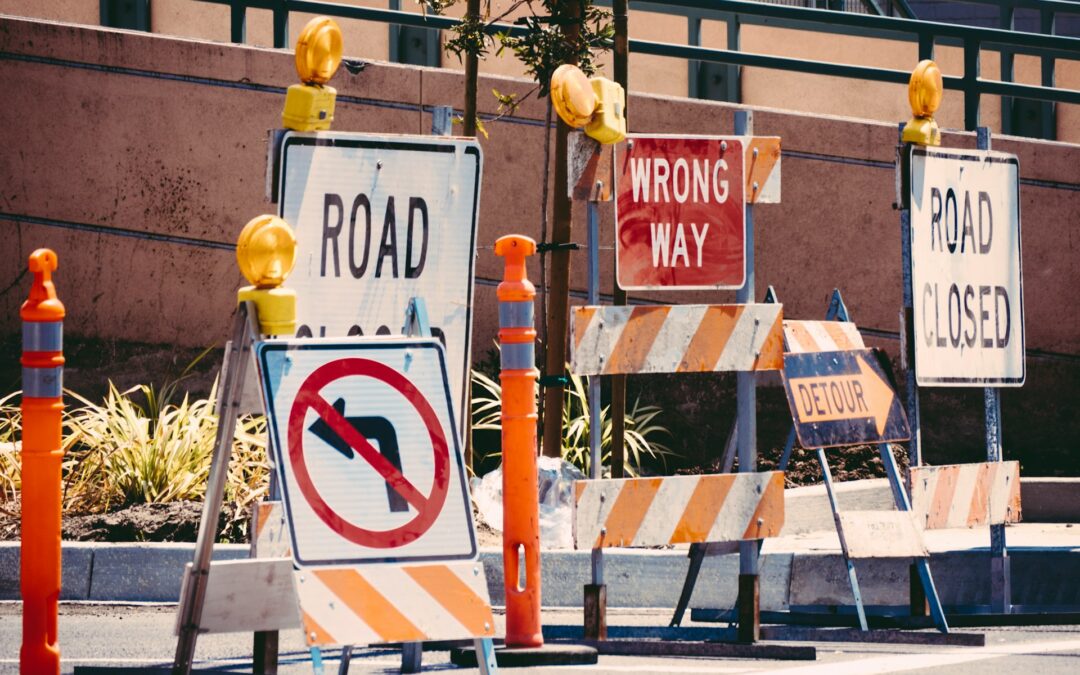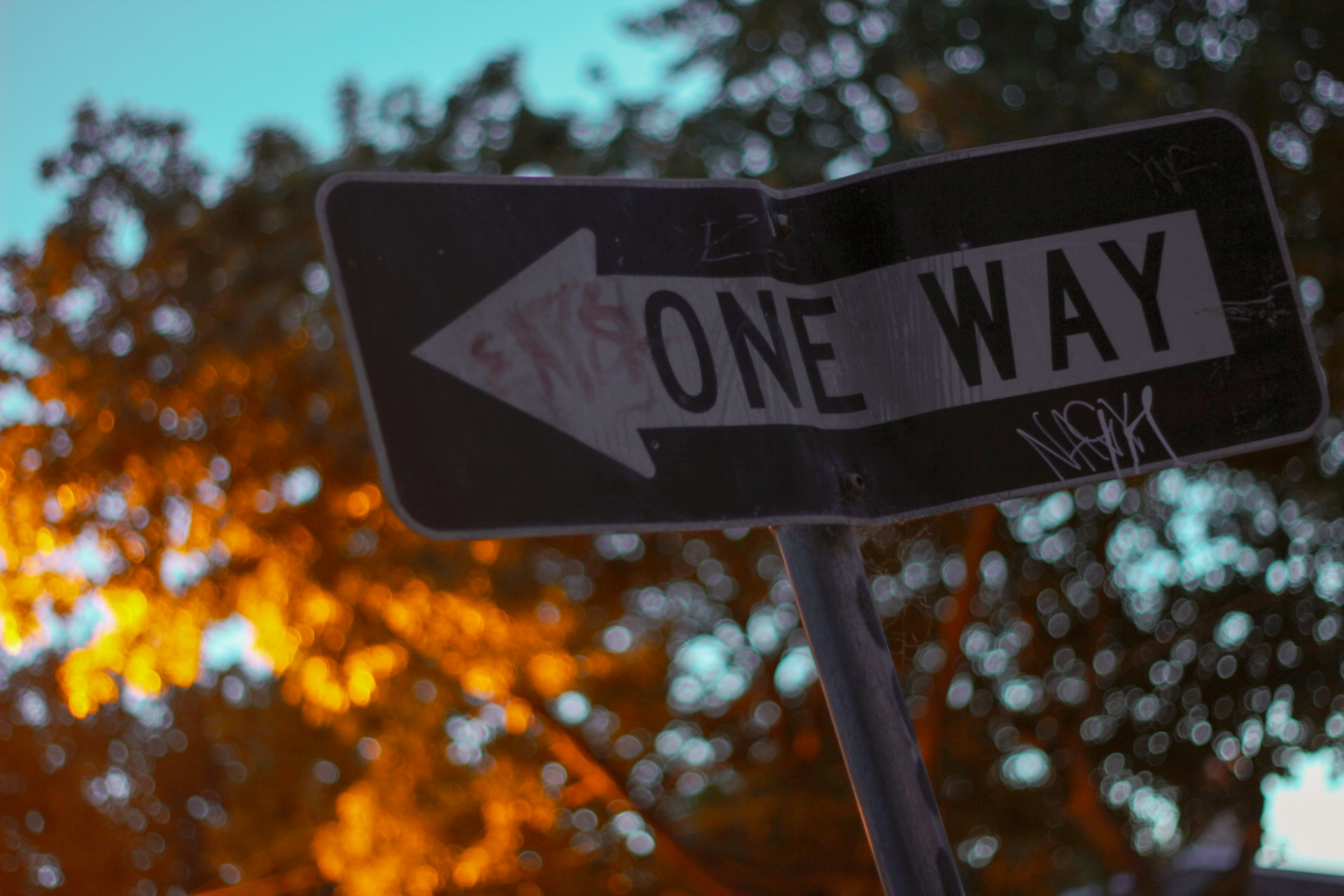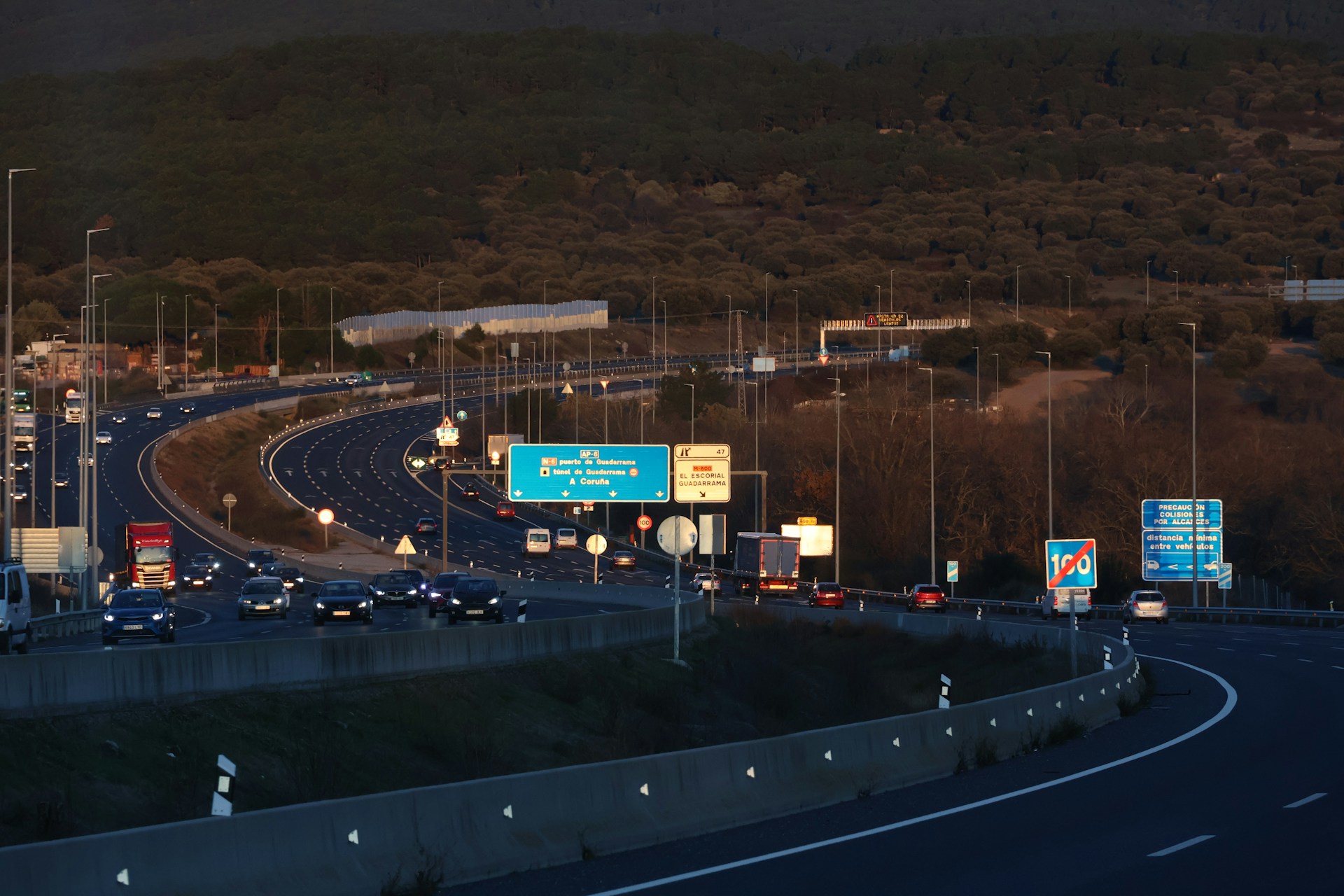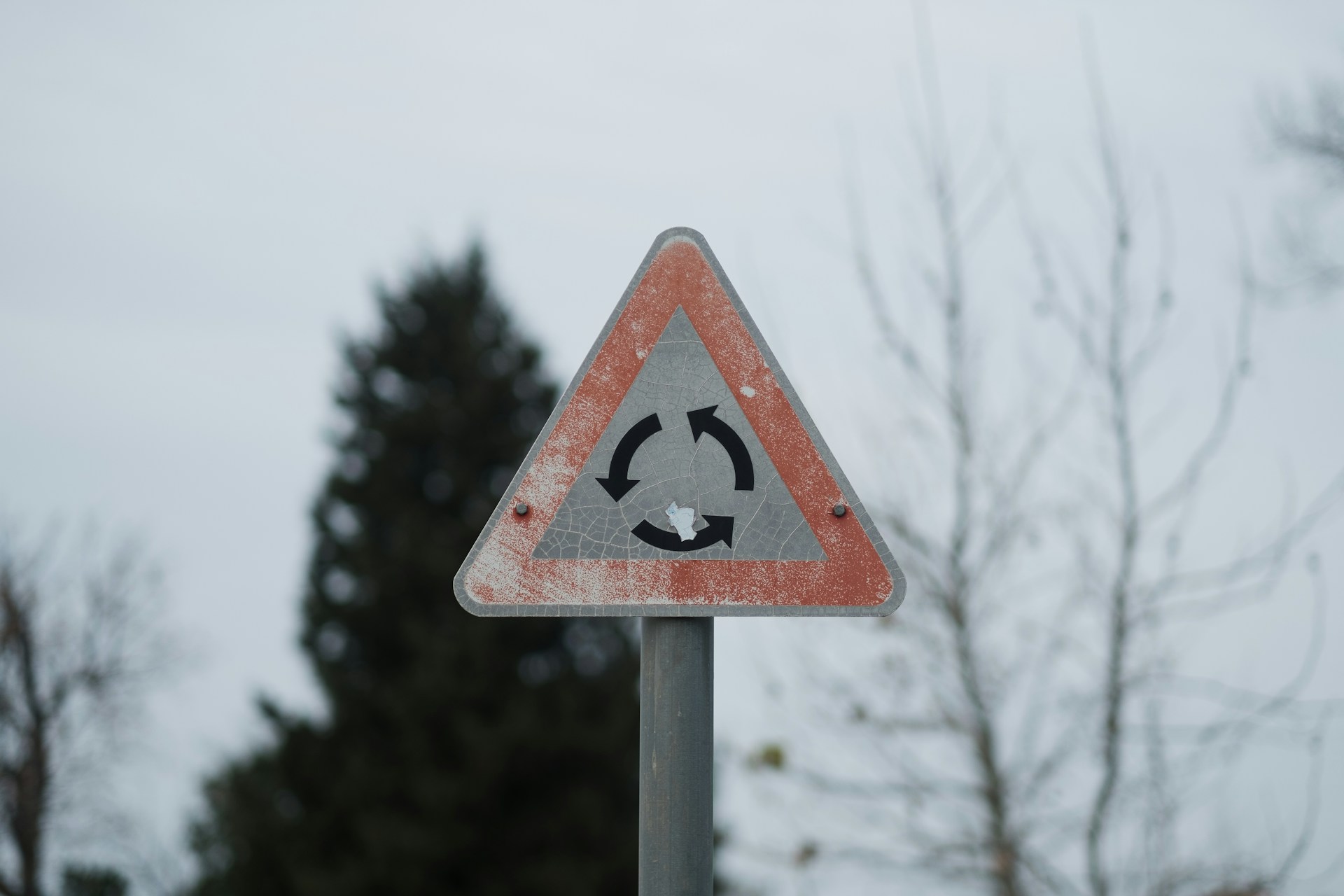If your custom traffic signs are fading faster than expected, you’re not alone. Dulling colors, hard-to-read text, and worn-out visibility defeat the purpose of the sign altogether. These signs are meant to guide, warn, and inform, but when they lose their impact, they can create confusion and even cause accidents.
Durability matters when it comes to traffic signage. Whether it’s signs for parking areas, commercial space, or public roads, the materials and techniques used in making them can make or break their lifespan. Since most signs sit outside under constant sunlight, rain, or wind, they need to be built right to survive for the long run. Let’s walk through a few key reasons your traffic signs might be fading too soon.
Poor Quality Materials Fade Much Faster
One of the biggest reasons your custom signs may be wearing out is the materials used to make them. It might seem like all signs are built the same, but that’s far from true. The difference between a low-grade sign and a high-quality one can become pretty clear just a few months after install.
Using substandard materials in traffic signage can lead to:
– Early discoloration from sun and weather
– Peeling or cracking of the lettering and colors
– Rust or corrosion on metal surfaces or borders
– Weak sign backing that warps or bends over time
A business may try to cut corners on signage materials to save a little upfront, but quick wear leads to frequent replacements, which adds more cost in the long run. On the other hand, materials like high-grade aluminum, fade-resistant inks, and protective overlays are built for endurance.
One example is a retail lot that got new directional signs in spring. By the time autumn rolled around, the colors had already started to fade under constant sun exposure. Turns out, the signs weren’t coated or weather-treated at all, just printed on low-end material and mounted. After replacing them with fade-resistant custom signage, the colors held out season after season.
UV Rays Can Wear Out Your Signs
The sun may feel good on your skin, but it can be rough on your signage. Constant exposure to sunlight seems harmless, but the UV rays slowly break down the pigments in the ink or paint used on the sign. This fading happens a lot faster than you might think, especially if the sign is placed in an unshaded location that faces direct light all day.
Here’s what can help reduce fading from UV rays:
– Add UV-resistant laminate layers to the sign’s surface
– Choose signs made with UV-blocking ink or finishes
– Angle the sign in a way that limits all-day sun exposure when possible
– Use fade-resistant colors that are known to retain their strength longer
No sign can stay perfect forever, but these small steps can protect the colors and keep messaging clear longer. Skipping these extras during production is usually what causes signs to fade before they should.
Incorrect Application Can Cut the Lifespan
Sometimes it’s not the material or the environment that’s the problem. It’s how the sign was made or installed. Signs that are poorly coated, sealed, or mounted can end up breaking down faster than properly handled ones. An uneven layer of paint or adhesive, for example, can cause bubbling or flaking when exposed to heat or moisture.
Some common mistakes during application include:
– Applying paint or graphics to a dirty or oily surface
– Skipping a primer on certain types of backing
– Failing to seal the edges, which lets water seep in
– Mounting signs with hardware that causes vibration or stress
If the prep work isn’t done carefully, and that includes cleaning the surface, applying layers evenly, and sealing every edge, longevity takes a serious hit. It’s worth taking the extra time during application to do it right, which can mean years of extra use out on the road.
Environmental Factors That Speed Up Fading
Outdoor traffic signs go through a lot. Storms, heatwaves, snow, dirt, wind—all of it hits them directly. When signs aren’t built to handle these elements, problems pop up fast. Paint starts to peel, metal edges rust out, and text becomes too faded to read from a distance. These things happen even faster in places that get long periods of heat or rain.
Moisture is one of the top culprits. Once water seeps under the surface, either through an unsealed corner or a pinhole in the coating, the damage unfolds underneath. Then there’s cold. Cycle after cycle of freezing and thawing can cause signs to crack or warp if the materials can’t expand and contract properly. Heat isn’t kind either. It dries out protective coatings and fades color faster than expected.
You can’t control the weather, but you can plan for it. Here are a few ways to protect your custom traffic signage from outdoor damage:
– Use powder-coated or weather-treated metal frames to prevent rust
– Choose inks that are made to resist water and humidity
– Make sure the edges of the signs are sealed tight
– Install signs with enough clearance from things like sprinklers or runoff
– Replace bent or loose mounting brackets before they loosen the whole sign
Each of these steps can make a big difference over time. For example, signs placed in a covered parking garage will often last longer than identical signs mounted outside, just because they’re protected from direct rain, sun, and wind.
Skipping Sign Maintenance Shortens Sign Life
Even if a sign is made from strong, weather-resistant material, it still needs upkeep. It doesn’t take much. Basic cleaning and quick inspections can go a long way to catching problems early. But when maintenance is skipped for too long, one small issue can turn into permanent damage.
Dirt, grime, and pollution build up slowly and cloud the message. If the surface isn’t cleaned regularly, the mess bakes into the sign and becomes hard to remove. On metal signs, especially ones with aging or chipped coating, moisture sits on the surface longer and eats away at the material underneath.
A simple maintenance routine might include:
– Wiping down signs once a month with mild soap and water
– Checking mounting hardware for corrosion or looseness
– Looking for signs of bubbling, fading, or edge damage
– Tightening any bolts or brackets that might leave the sign crooked
By doing these checks on a schedule, you won’t have to second-guess how long the sign will last. Neglect is usually where more frequent replacements come in—not necessarily because the sign wasn’t built well, but because small issues got ignored for too long.
Keep Your Message Clear, Bright, and Built to Last
Faded custom traffic signs don’t just look bad—they lose their purpose. From the time they’re made to the time they go up on the wall or post, every step matters. Material quality, sun protection, professional application, weather exposure, and regular upkeep all impact how long your signs will last.
Think of these areas as links in the same chain. One weak link can cause the whole thing to fail. Whether you’re managing signage for a parking lot, facility, or roadway, staying ahead of fading problems gives you better long-term results. Stronger signs don’t just save time, they keep people safer and prevent confusion. It’s always worth getting it done right the first time.
If you want signs that last and stand strong against the elements, choose Hyperformance Traffic Safety Supplies for dependable solutions like custom traffic signage that holds up over time and keeps messages clear when it matters most.
